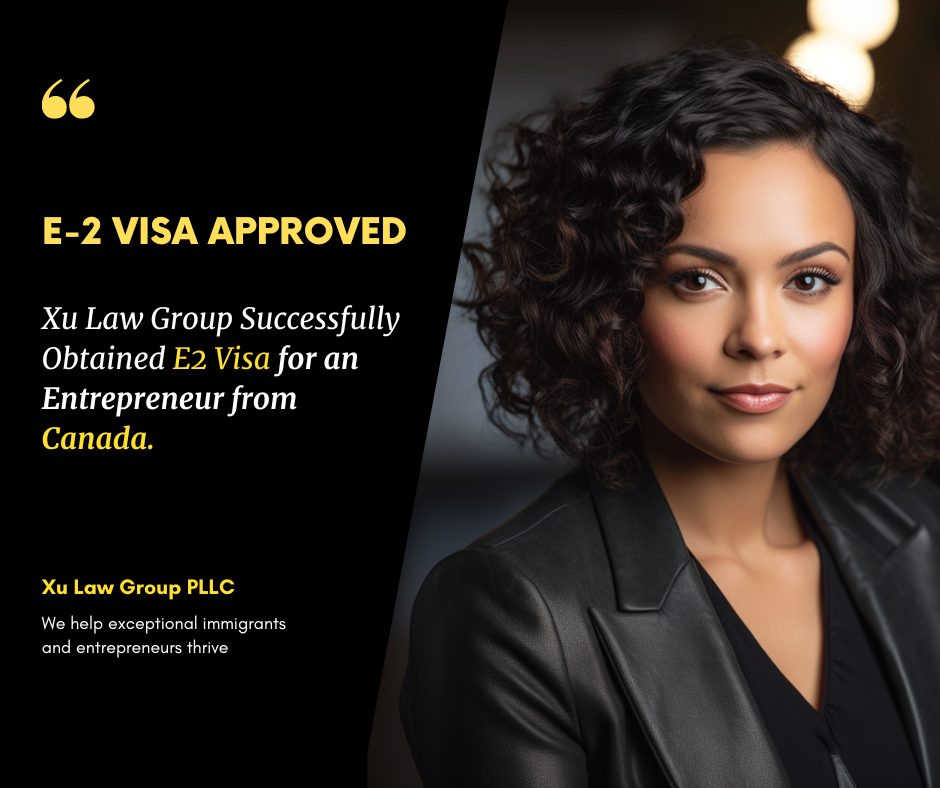
EB-1 vs. EB-2 Green Card
The EB-1 Extraordinary Ability Visa is a first preference employment based immigrant visa that grants lawful permanent residence to qualified candidates. The EB-2 Exceptional Ability Visa is a second preference employment based immigrant visa.
EB-1 vs. EB-2 Green Card: Understanding the Differences
When navigating the U.S. immigration system, understanding the various types of employment-based Green Cards can be daunting. Among the most sought-after are the EB-1 and EB-2 Green Cards. Both are valuable pathways to permanent residency, but they cater to different classes of applicants and have distinct requirements.
EB-1 Green Card
1. Overview:
The EB-1 Green Card, also known as the first preference employment-based Green Card, is reserved for individuals who are recognized as having extraordinary ability, outstanding professors and researchers, or multinational executives and managers.
2. Categories:
Extraordinary Ability (EB-1A): For individuals who have achieved national or international acclaim in the arts, sciences, business, education, or athletics. Typically, the evidence would include major awards or a significant body of work recognized by experts in the field.
Outstanding Professors and Researchers (EB-1B): For academic achievers with at least three years of experience in teaching or research, who are recognized internationally for their academic accomplishments.
Multinational Managers or Executives (EB-1C): For executives or managers who have been employed for at least one of the past three years by a U.S. employer's affiliated foreign firm.
3. Benefits:
No Labor Certification Required: Applicants don’t need to undergo the labor certification process, a step often required for other employment-based Green Cards.
Faster Processing Times: Typically, the EB-1 category has a shorter waiting period compared to other categories, as there is often a greater number of available visas.
EB-2 Green Card
1. Overview:
The EB-2 Green Card, or second preference employment-based Green Card, is designated for individuals who hold advanced degrees or possess exceptional ability in the sciences, arts, or business.
2. Categories:
Advanced Degree (EB-2A): For professionals with an advanced degree (or its equivalent, i.e., a baccalaureate degree plus five years of progressive work experience in the field).
Exceptional Ability (EB-2B): For individuals with a degree of expertise significantly above that ordinarily encountered in their field of arts, sciences, or business.
National Interest Waiver (NIW): Some EB-2 applicants can apply for a waiver of the job offer and labor certification if they can demonstrate their work benefits the United States significantly. This is a notable route for entrepreneurs or individuals working in sectors of national importance.
3. Benefits:
Labor Certification: Most EB-2 applicants need a labor certification from the Department of Labor (except those applying under the NIW).
Potential for Faster Processing: While EB-2 applicants generally have a longer wait time compared to EB-1, if an individual hails from a country with a low demand for U.S. Green Cards, they might experience relatively quick processing.
Which Is Right for You?
The choice between EB-1 and EB-2 largely depends on the qualifications and achievements of the applicant.
If you have reached the pinnacle of your field and can provide substantial evidence of your accomplishments, EB-1 might be the appropriate category.
If you hold an advanced degree or have demonstrated exceptional ability but don't quite meet the "extraordinary" benchmark, EB-2 might be a better fit.
It's essential to consult with an immigration attorney to better understand the nuances of each category and optimize your chances for success. No matter the category, both pathways can serve as a gateway to the myriad of opportunities the United States offers.
About the Author:





